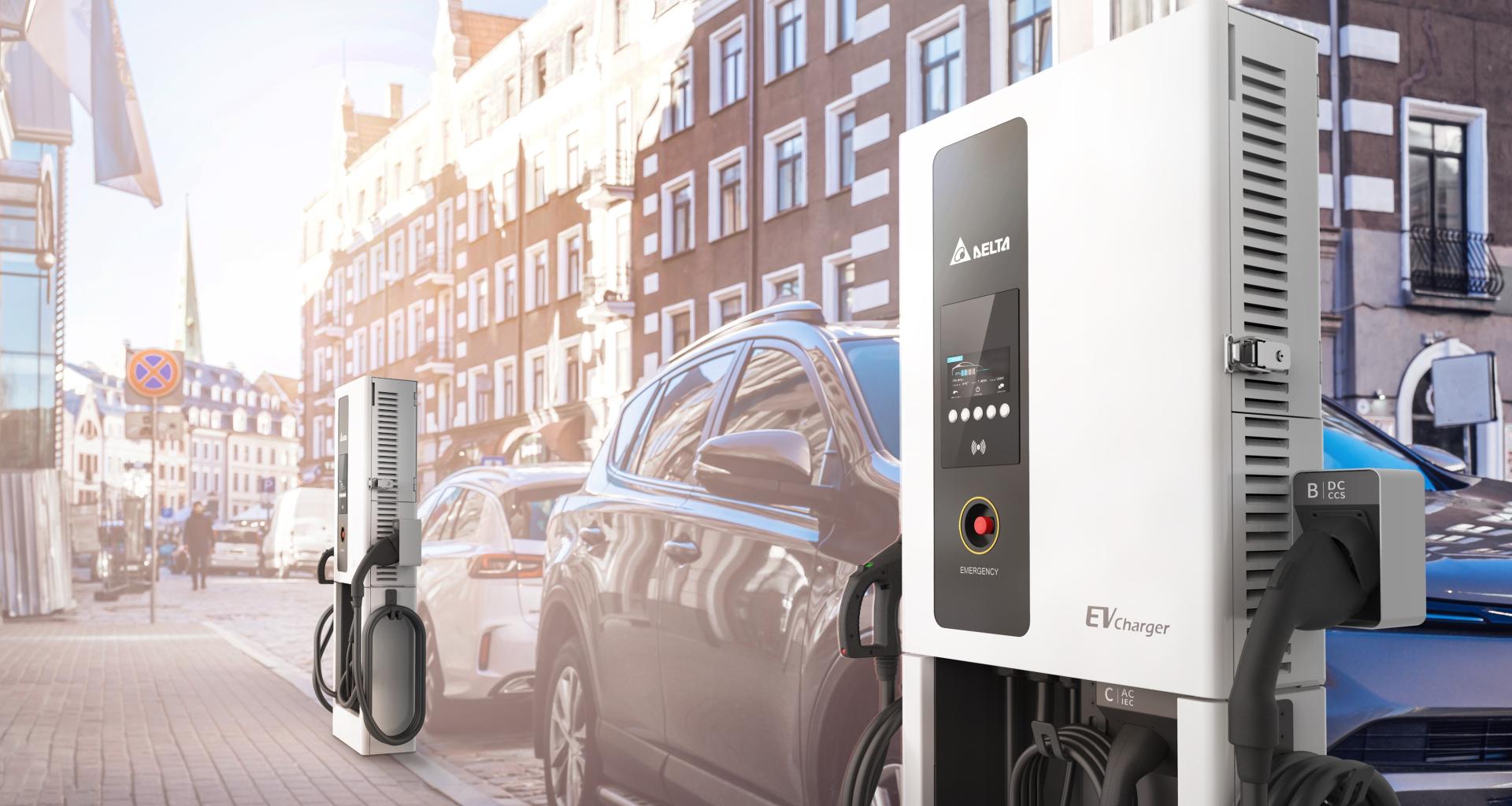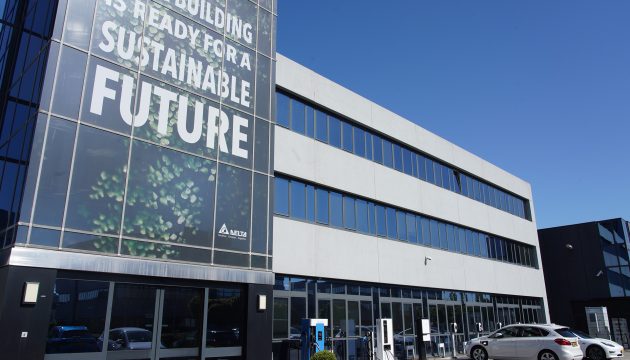This article is published on Greenbiz.
A quarter of Europe’s total greenhouse gas emissions come from transportation[1], with road vehicles the biggest offender[2] – responsible for 77% of those emissions.
The situation has prompted EU legislation aimed at promoting low-carbon fuels and boosting take-up of electric vehicles (EVs). But breaking Europe’s long-held links with fossil-fueled vehicles might be easier said than done.
A mass switch to EVs requires drivers to rethink how they use their cars. An effective network of both rapid-use public charging infrastructure points and less energy-intensive home chargers is needed to keep pace with increasing demand.
The International Energy Agency (IEA) predicts 145 million EVs will be on the world’s roads by 2030, which will need to be supported by 105 million private charging points. On top of this, millions more public chargers will need to be installed.[3]
Currently, the EU only has around 330,000 public charging points[4] and they are unevenly deployed across the continent, making long-distance travel to some regions challenging. If targets are to be met, roughly 150,000 new units need to be added each year – almost 3,000 every week[5].
While upgrading existing facilities could work in the short-term, heavy investment in new charging infrastructure is needed to keep pace with the EV market growth that EU policymakers are actively encouraging.
[1] https://ec.europa.eu/info/strategy/priorities-2019-2024/european-green-deal/transport-and-green-deal_en
[2] https://www.eea.europa.eu/ims/greenhouse-gas-emissions-from-transport
[3] https://www.iea.org/reports/global-ev-outlook-2021/prospects-for-electric-vehicle-deployment
[4] https://www.euronews.com/next/2022/06/20/demand-for-evs-is-soaring-is-europes-charging-station-network-up-to-speed
[5] https://www.euronews.com/next/2022/06/20/demand-for-evs-is-soaring-is-europes-charging-station-network-up-to-speed
Companies like Delta are devising integrated solutions that combine charging infrastructure, power generation and energy storage solutions.
Vincent Lin, Senior Director of e-mobility and Smart Energy Solutions Business Development, Delta EMEA
The electric switch
As part of the European Green Deal, the EU has set a legally binding target of achieving climate neutrality by 2050.
To help realize this, climate, energy and transport-related legislation has been revised and incorporated into the ‘Fit for 55’ package, which targets reducing greenhouse gas emissions by at least 55% by 2030[6].
Part of the package is aimed at reducing vehicle exhaust emissions by accelerating the transition from internal combustion engines to electric powertrains and building alternative fuel infrastructure.
At the same time, the European Commission’s REPowerEU Plan[7] legislation aims to end Europe’s dependence on Russian fossil fuel imports and boost energy security.
But with energy markets in turmoil, current high prices could threaten the survival of utility companies and therefore reduce the number of public charging point operators. This represents a potential roadblock in the drive to scale EV charging infrastructure.
“The war in Europe has pushed energy security concerns ahead of the need for sustainability in some countries, but the focus needs to return to environmental issues,” says Vincent Lin, Senior Director of e-mobility and Smart Energy Solutions Business Development, Delta EMEA.
“Businesses have an important part to play here, driving forwards progress. A good example is the RE100 initiative[8], which Delta has signed up to and has committed to use 100% renewable energy and set carbon neutrality targets for our global operations in 2030.”
[6] https://www.consilium.europa.eu/en/policies/green-deal/fit-for-55-the-eu-plan-for-a-green-transition/
[7] https://ec.europa.eu/commission/presscorner/detail/en/IP_22_3131
[8] https://www.deltaww.com/en-us/news/14986

Charging ahead
Installing integrated charging systems in buildings offers a solution. Combining solar panels, charging points, battery storage and energy management solutions can maximize a building’s efficiency and meet growing demand for charging from EV users.
“There are very clear targets for some countries to switch to 100% EV use by 2030, 2035 or 2040. To support this, companies like Delta are devising integrated solutions that combine charging infrastructure, power generation and energy storage solutions,” Lin says.
Delta is demonstrating the power of this solution at its EMEA headquarters at Hoofddorp in the Netherlands. The 35-year-old building generates, stores and manages its own energy, which supports 16 on-site EV chargers for employees.
Power generated by roof-top photovoltaic (PV) solar panels is routed via the PV inverters to on-site batteries for energy storage, creating the building’s own microgrid. Stored solar energy can be released at appropriate times during peak demand or when energy prices are highest, to reduce reliance on the grid.
“Microgrids could help demand meet supply of local electricity,” says Lin.
Integrated charging infrastructure solutions can provide EV charging from a mix of renewable resources, along with energy storage and managed use of the grid. Such solutions can help promote EU legislative targets to increase EV charging infrastructure, while boosting energy independence and security.
That’s how Delta’s helping reduce reliance on the grid in a sustainable way and providing innovative, clean and energy-efficient solutions for the future.



